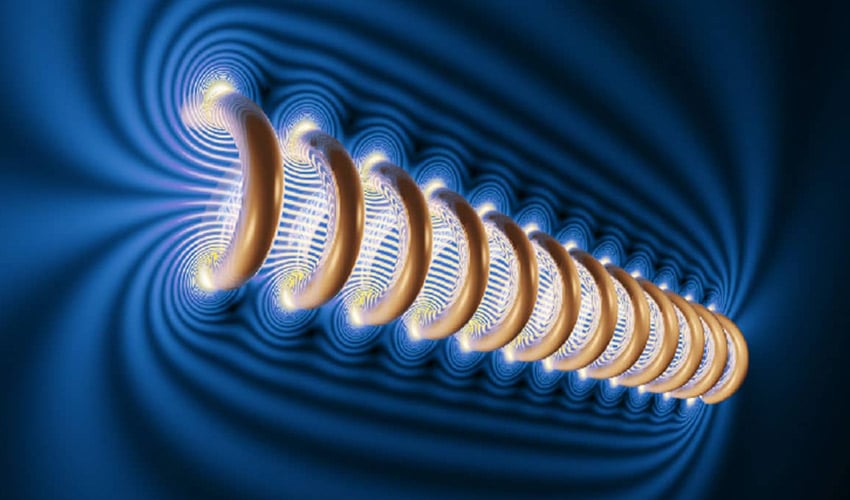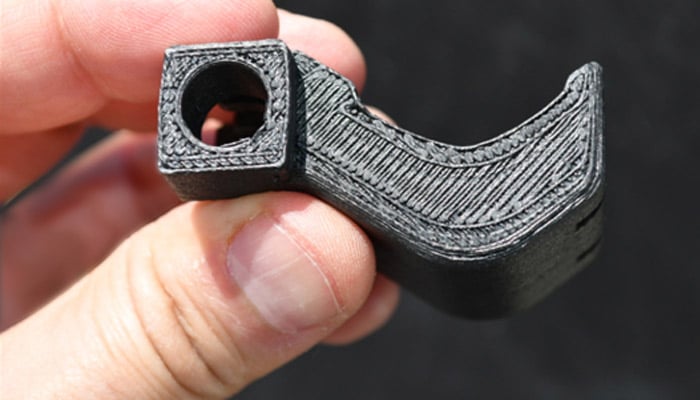Magnetic field impacts the fiber alignment of a 3D printed part

Researchers from the Institute for High Performance Materials at Florida State University and the FAMU-FSU College of Engineering recently conducted a study that shows that using magnetic fields in the vicinity of a 3D printer can change the alignment of the fibers inside the part being printed. A discovery that could make it possible to produce much stronger components – the addition of carbon fibres, for example, to a “conventional” polymer actually increases the strength of the final part. This research is particularly interesting for engineering applications.
For some time now, there has been a lot of talk about composite 3D printing, a method that makes it possible to create parts with a fibre-reinforced material, most often carbon but also glass or aramid. Fibers of varying lengths are added to the matrix of the material – often a polymer such as PLA, for example – to obtain better mechanical properties. Madhuparna Roy, a recent engineering PhD graduate, and Tarik Dickens, an associate professor of industrial and manufacturing engineering, both studied this issue and discovered that a magnetic field could optimize the placement of the fibres in the matrix and thus the final strength of the part.

Carbon fibre is the most widely used fibre in 3D printing
Magnetic field and 3D printing
This process was called “magneto-assisted printing“: the researchers explain that they applied a magnetic field right next to the printer’s nozzle, allowing them to create parts with fibres oriented perpendicular to the flow of the nozzle. Traditionally, the fibres that are extruded are oriented parallel to the extrusion. Madhuparna Roy adds: “3D printed materials are not solid in themselves because they are just layers of plastic on top of each other. The gap in the research world is to improve the mechanical properties. With improved mechanical properties, you could create solutions for any type of application, depending on what that particular application requires.”
The various tests the scientists conducted would also have analyzed how print speed, magnetic field strength and nozzle shape affected the ability to alter fiber alignment. Typically, the more viscous the 3D printing material, the stronger the magnetic field needed to realign the magnetic fibres. Another consequence is that the higher the extrusion speed, the less correctly the fibers will be realigned. Therefore, this speed should be controlled to obtain a better result.

Madhuparna Roy led the research: the magnetic field would therefore have a card to play in the alignment of the fibres.
Madhuparna Roy concludes: “There are still many gaps to be filled in terms of the materials that can be used and the printers that can be used in conjunction with them. For example, we are considering the use of plastics containing metal particles. We want to combine two major groups of 3D printing materials to create a new material that will give you additional functionality for the manufacture of any part.”
What is certain is that composite materials are more popular in the additive manufacturing sector, opening up the field of possibilities for all manufacturers. You can find more information HERE. Let us know in a comment below or on our Facebook and Twitter pages! And remember to sign up for our free weekly Newsletter!






